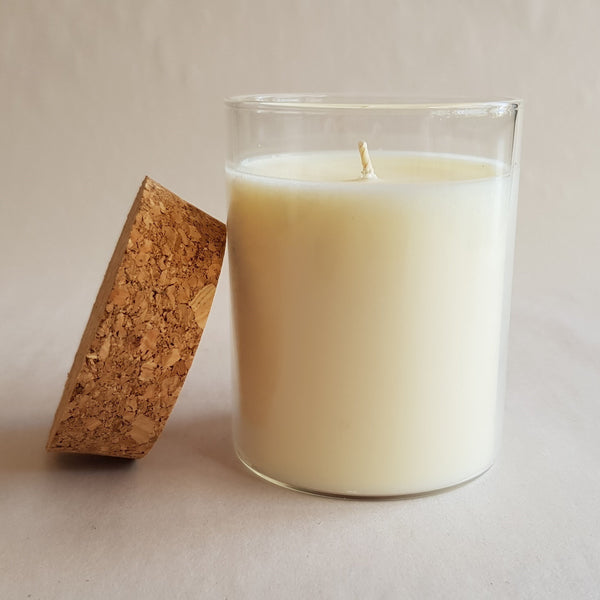Check out the World of Crystal Soy Candles and Home Fragrance Delights
Check out the World of Crystal Soy Candles and Home Fragrance Delights
Blog Article
From Wick to Wax: Understanding the Chemistry Behind Soy Wax Candles and Their Ecological Effect
As we brighten our rooms with the cozy radiance of candle lights, there exists a world of detailed chemistry behind the seemingly straightforward act of lighting a soy wax candle. Join us as we decipher the clinical complexities behind soy wax candles and explore their ramifications on our atmosphere.
Soy Wax Vs. Paraffin Wax
When comparing soy wax and paraffin wax for candle making, it is important to recognize the distinctive attributes and advantages of each material. Soy wax is an all-natural, renewable source originated from soybean oil, making it eco-friendly and biodegradable - candles. On the other hand, paraffin wax is a result of oil refining, which raises concerns concerning its ecological effect and sustainability
Soy wax candle lights burn cleaner and produce less residue compared to paraffin wax candles, making them a healthier choice for indoor air quality. Additionally, soy wax has a lower melting factor, permitting for a longer-lasting candle light that disperses fragrance better. Paraffin wax, on the other hand, often tends to melt faster and less cleanly, possibly launching unsafe chemicals right into the air.
From a sustainability viewpoint, soy wax is preferred for its biodegradability and sustainable sourcing, lining up with the growing customer preference for environmentally conscious products. While paraffin wax has been a standard choice in candle making because of its affordability and ease of usage, the change in the direction of green choices like soy wax is getting momentum in the sector.
Chemical Composition of Soy Wax

Burning Refine in Soy Candles
The chemical composition of soy wax directly affects the burning process in soy candle lights, influencing aspects such as melt time, fragrance launch, and environmental impact. When a soy candle light is lit, the heat from the fire melts the wax near the wick.
The burning effectiveness of soy candle lights is influenced by the purity of the soy wax and the high quality of the wick. A clean-burning try this web-site soy candle with an appropriately sized wick will decrease and produce a steady flame soot development. This not just prolongs the melt time of the candle yet also boosts the launch of fragrances. In addition, soy wax candles have a lower ecological effect contrasted to paraffin candle lights as a result of their renewable and naturally degradable nature.

Ecological Benefits of Soy Wax

Thought about a sustainable choice to traditional paraffin wax, soy wax provides significant ecological benefits that make it a prominent choice among eco-conscious consumers. One significant advantage of soy wax is its renewable sourcing. Soy wax is originated from soybean oil, which is mainly grown in the USA. The growing of soybeans assists sustain regional farmers and reduces the reliance on non-renewable fossil fuels utilized in paraffin wax manufacturing. Additionally, soy wax is eco-friendly, meaning it damages down normally without launching harmful toxic substances right into the setting. This particular makes soy wax candles a much more ecologically friendly option contrasted to paraffin wax candle lights, which are made from oil, a non-renewable source. Moreover, soy wax burns cleaner and creates much less soot than paraffin wax, contributing to better interior air top quality and reducing the demand for cleaning dig this and upkeep. In general, the environmental benefits of soy wax straighten with the growing need for environment-friendly and sustainable products in the marketplace.
Recycling and Disposal Factors To Consider
Recycling and correct disposal of soy wax candle lights play an essential function in maintaining ecological sustainability and minimizing waste in households and areas. When it comes to recycling soy wax candles, the initial action is to make sure that the candle has burned completely.

In regards to disposal, if recycling is not a choice, soy wax candles are naturally degradable and can be securely taken care of in the majority of family waste systems. It is always advised to examine with local recycling facilities or waste management solutions for specific guidelines on candle light disposal to make certain proper handling and ecological defense.
Conclusion
Finally, the chemistry behind soy wax candle lights reveals their ecological benefits over paraffin wax candles. Soy wax, stemmed from soybean oil, burns cleaner and creates much less soot when contrasted to paraffin wax. The combustion procedure in soy candle lights is extra effective, leading to a much longer and extra even melt. Furthermore, soy wax is eco-friendly and naturally degradable, making it a more sustainable option for candle light production. Reusing and proper disposal of soy wax candle lights further contribute to their environmental influence.
When comparing soy wax and paraffin wax for candle light production, it is important to comprehend the distinctive attributes and benefits of each material (candles).Soy wax candles melt cleaner and emit less residue compared to paraffin his comment is here wax candles, making them a much healthier option for interior air top quality.Considered a lasting option to standard paraffin wax, soy wax supplies notable environmental benefits that make it a popular choice amongst eco-conscious consumers. Soy wax burns cleaner and creates less residue than paraffin wax, adding to far better indoor air high quality and lowering the need for cleaning and maintenance.In verdict, the chemistry behind soy wax candles reveals their environmental advantages over paraffin wax candles
Report this page